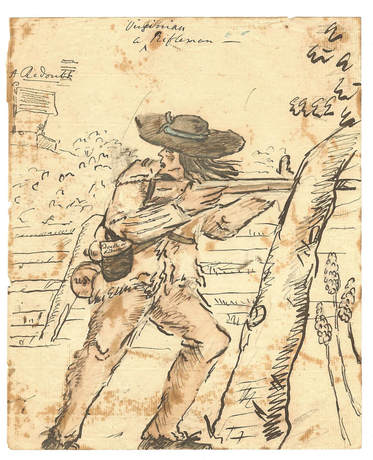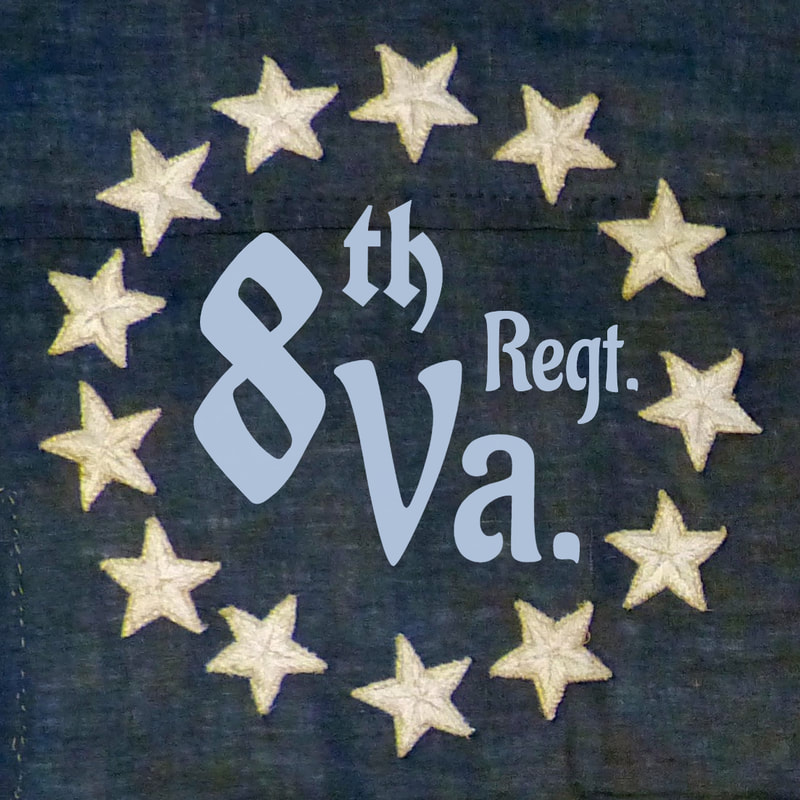 A 1777 watercolor of a Virginia rifleman attributed to Lt. Richard St. George Mansergh St. George of the British 52nd Regiment of foot. A 1777 watercolor of a Virginia rifleman attributed to Lt. Richard St. George Mansergh St. George of the British 52nd Regiment of foot. On the topic of Maxwell’s Light Infantry, Lt. Col. William Heth’s views were crystal clear. “Maxwells Corps ’Twas expected would do great things,” he complained in a letter, “we had opportunities—and any body but an old-woman, would have availd themselves of them—He is to be sure—a Damnd bitch of a General.” The subject of his ire was New Jersey Brig. Gen. William Maxwell, who led the temporary light infantry unit for one critical month in the fall of 1777. Maxwell’s Light Infantry is mentioned in most histories of the Philadelphia Campaign, but deserves a closer look. It played a key role in two significant engagements and performed quite well. Maxwell himself deserved criticism, though exactly how much is hard to determine now. His second in command, Indian fighter Col. William Crawford, likely deserves more recognition than he has received. Continental Riflemen For the American army early in the war, “light infantry” usually meant “riflemen.” Though accurate at long range, rifles took longer than muskets to reload and could not carry bayonets. They were good for sniping at, harassing and delaying the enemy. However, in a traditional line of battle they were inferior weapons. In close combat, they were almost useless. Riflemen were sometimes issued spears to defend themselves from bayonet charges. They had other problems, too. Col. Peter Muhlenberg of the originally all-rifle 8th Virginia Regiment told Washington in February, “The Campaign we made to the Southward last Summer fully convinces me, that on a march where Soldiers are without Tents, & their Arms continually exposd to the Weather; Rifles are of little use.” ...continue to the The Journal of the American Revolution.
1 Comment
|
Gabriel Nevilleis researching the history of the Revolutionary War's 8th Virginia Regiment. Its ten companies formed near the frontier, from the Cumberland Gap to Pittsburgh. Categories
All
Archives
June 2024
© 2015-2022 Gabriel Neville
|

 RSS Feed
RSS Feed